By using our website, you agree to the use of cookies as described in our Cookie Policy
a
Rss Feed
The Move-In Mirage: Why a Brand-New Build Still Feels Unfinished
On paper, a new home should offer perfection. Fresh walls, unused appliances, and pristine flooring suggest comfort and ease. But many buyers soon realize a brand-new build still feels unfinished once they walk through the door. The structure may be solid, yet the home often lacks the details that make it truly livable.
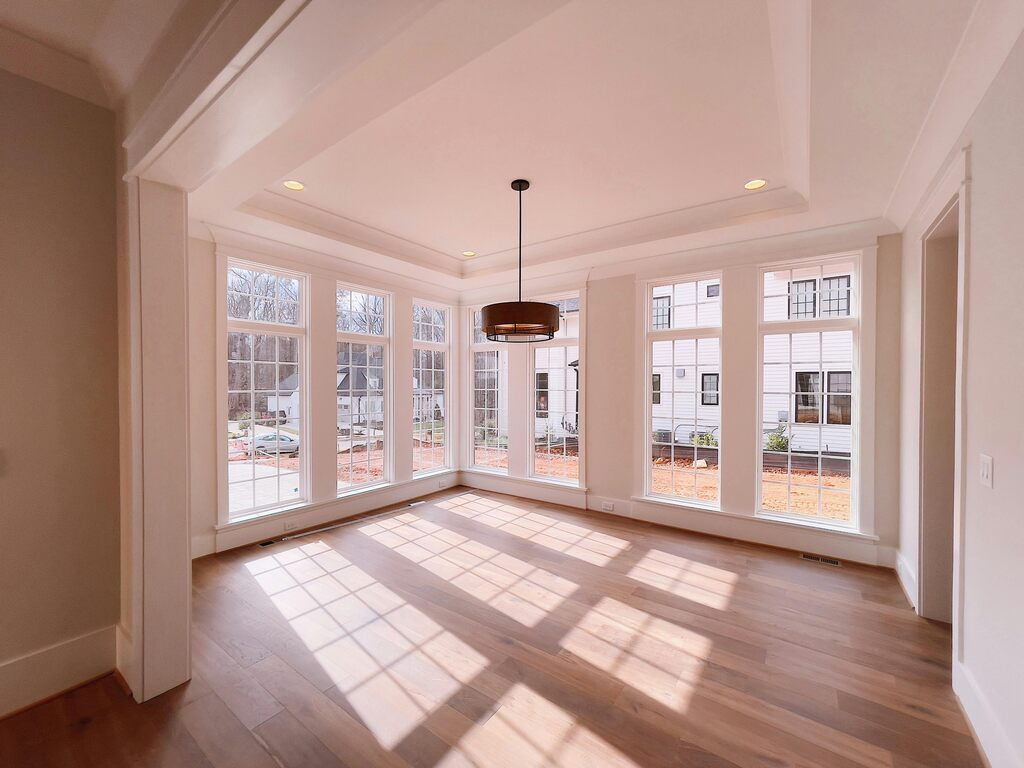
From Dream to Draft: When Your New Home Feels Like a Construction Zone
There is an odd in-between feeling. You expect luxury and instead find yourself living in a half-renovated home. Light bulbs are missing. Doors don’t close properly. Some rooms echo like empty warehouses. You might not have towel bars, curtain rods, or shelves. The house feels raw instead of refined.
Why Builders Leave So Much Undone
Developers build with efficiency and budgets in mind. Their goal is to complete projects efficiently and sell them quickly. That often means they install only what is required by code. Anything personal—such as storage upgrades, paint variety, and landscaping—is your responsibility.
Buyers are surprised when they move in and find that what is “new” is also unfinished. A builder may have installed the flooring, but left the garage bare or the backyard a patch of dirt. These gaps leave homeowners spending more time and money than they expected.
The Illusion of Move-In Ready
Marketing terms like “turnkey” or “move-in ready” mislead many. These homes technically meet legal requirements for habitation. But are they ready for life? Not quite. You are still on the hook for blinds, cabinetry upgrades, closet inserts, towel racks, mailboxes, and often even bathroom mirrors.
That creates frustration, especially when you assumed those things would already be in place. You are constantly making supply runs instead of settling in.
The Slow Process of Feeling at Home
Adjusting to a new place rarely happens overnight. The process of settling in after a move often raises the question: How long does it take to unpack? The answer varies widely based on factors such as the size of the home, the volume of belongings, and personal life circumstances.
At the same time, unpacking is more than putting furniture in place—it often involves handling dozens of small but time-consuming details. Some homeowners spend weeks or even months buying missing items, setting up storage, or fixing minor issues like nail pops in the walls. Until those tasks are complete, it can be difficult to feel at home truly.
Emptiness Affects Emotion
A new home can feel lonely, especially if rooms are echoing and nothing’s on the walls. Those wide, open spaces are beautiful in listing photos but can feel impersonal in real life. This emotional disconnection often surprises people who expected instant comfort.
Add to that the stress of pending tasks, unpainted trim, or discovering builder shortcuts. You may feel more like a contractor than a homeowner. The result? Frustration replaces excitement.
Landscaping Rarely Comes Complete
Step outside, and you will likely see more evidence that your home isn’t quite finished. Many builders lay down sod and stop there. Some don’t even do that. Driveways may need sealing, sprinkler systems are usually absent, and flower beds look bare.
What looked polished on a website turns into extra weekend projects or unexpected expenses. The outside of your home, like the inside, waits for you to finish the job.
The Challenge of Minimalist Interiors
Modern homes often lean into clean design. Smooth surfaces, white walls, and neutral tones dominate builder choices. These minimalist interiors seem elegant in photos but lack warmth in real life.
Without added texture, art, and furnishings, the house can feel like a sterile box. This minimalist approach demands more decorating effort. Until you layer in rugs, drapes, or personalized décor, it won’t feel welcoming.
Storage Solutions Are Basic at Best
Many new homes advertise large closets or spacious garages. But once you move in, you will find wire racks, unpainted drywall, and no systems for organizing. You might spend weeks figuring out where to hang coats or store your vacuum cleaner.
Shelving units, storage benches, and cabinetry upgrades are often necessary. What looked “spacious” now feels frustratingly empty, requiring more planning and spending.
Long-Term Issues Start Small
If you have spotted uneven caulk lines, poor insulation, or cheap finishes, you are not alone. Many builders cut corners in ways you don’t notice until you live there. Addressing these early can improve building longevity and protect your investment.
Fixing foundation cracks, sealing drafts, or upgrading your HVAC filters may not feel urgent—but skipping them can cost more later. The earlier you tackle quality issues, the better your home will hold up.
The Ongoing Cost of “New”
A new build does not mean zero effort. In truth, it often means more. You’ll pay less for repairs than in an older home, but spend more on finishing touches. Add blinds, replace light fixtures, install a fence, paint the garage floor, or build a pantry. These tasks add up fast.
Buyers often underestimate how much time and money a new home requires to feel “done.” The assumption that new means low maintenance doesn’t always hold.
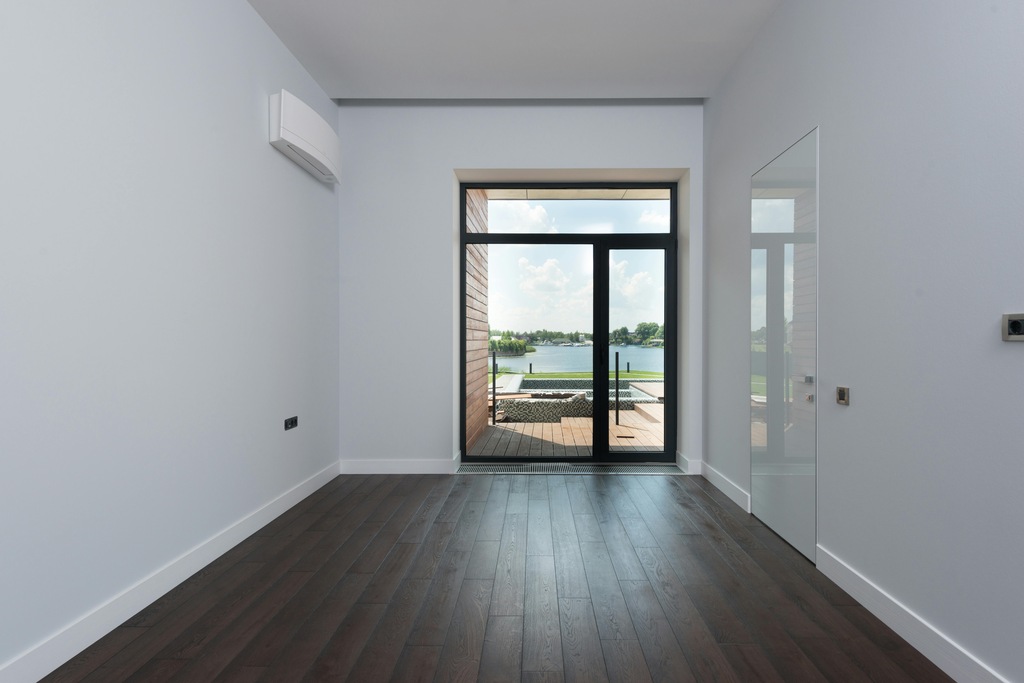
Why a Brand-New Build Still Feels Unfinished
Sometimes you have all the boxes unpacked, but the house still feels temporary. That is because a brand-new build still feels unfinished until you have lived in it, made updates, and resolved what the builder didn’t deliver. The drywall may be new, but the emotional attachment takes time.
New homes are structures. Homes with heart are built through effort, trial, comfort, and personalization. You may have moved in, but the home isn’t finished until you feel like you belong.
Turning Structure Into Shelter
A brand-new build still feels unfinished because it lacks history, personality, and detail. It is a strong starting point, not a final product. From softening acoustics to upgrading storage, every addition helps turn it from a cold shell into a comfortable home.
Moving into new construction comes with a hidden list of tasks. You are not just settling in—you are still building. That is not a flaw. It is part of the process. Once you accept that new does not mean done, you will enjoy shaping your space with confidence and care.
‹ Back

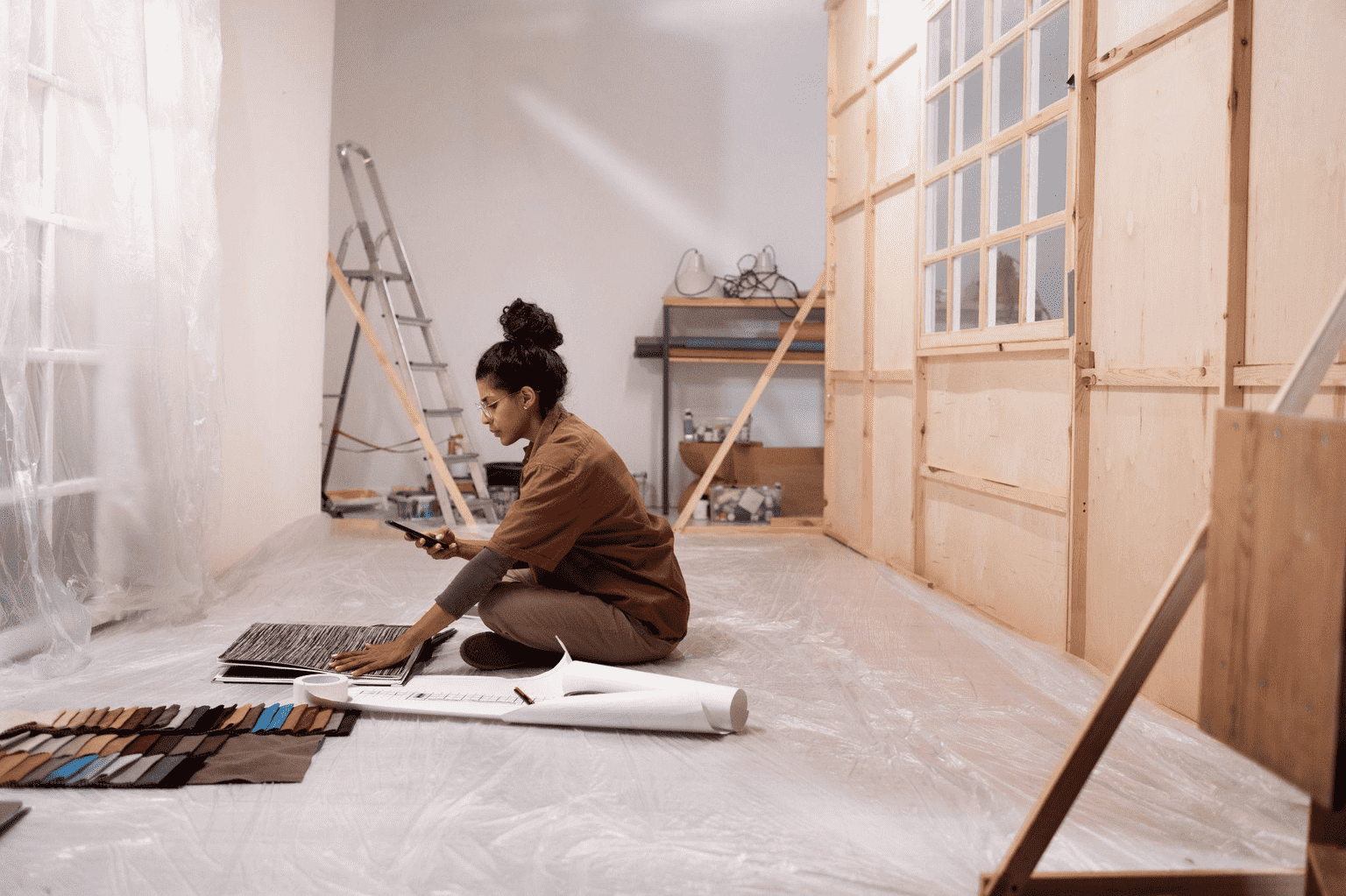
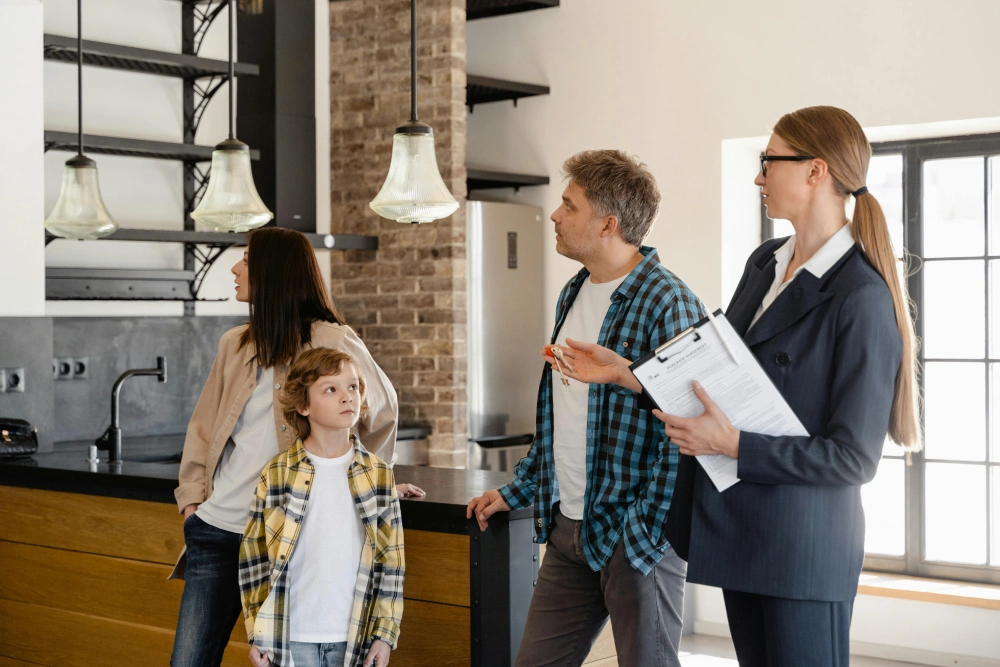
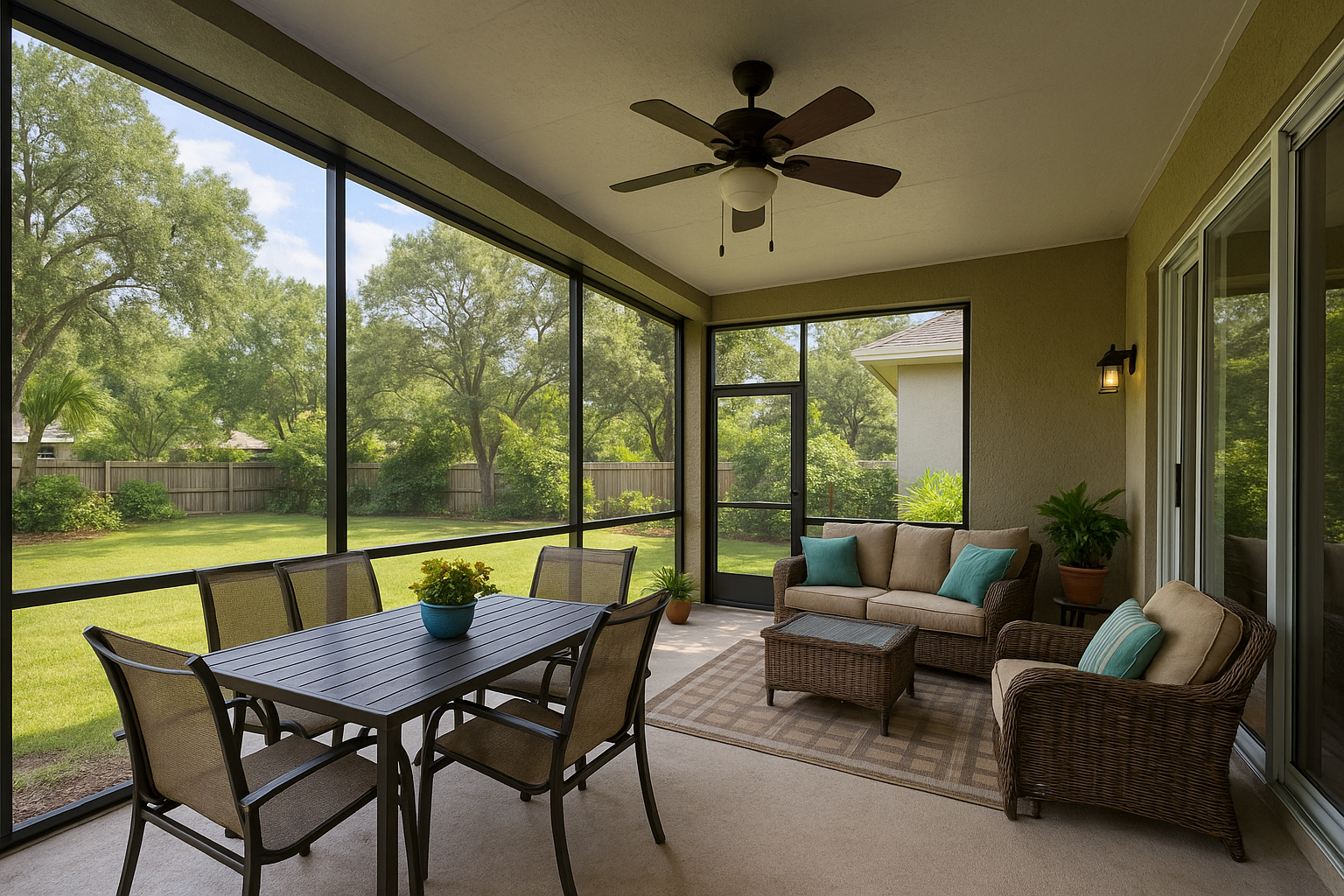
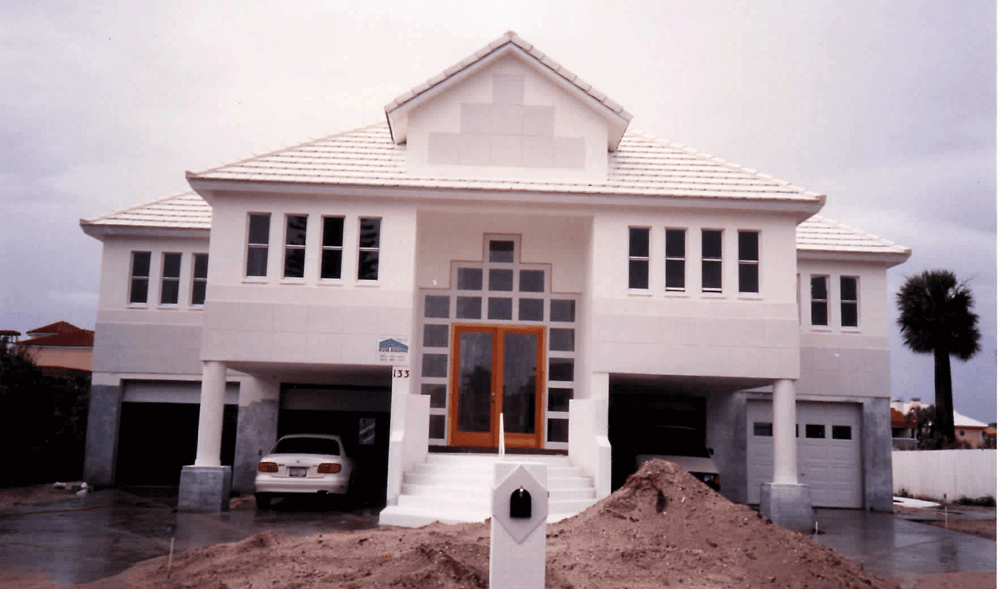
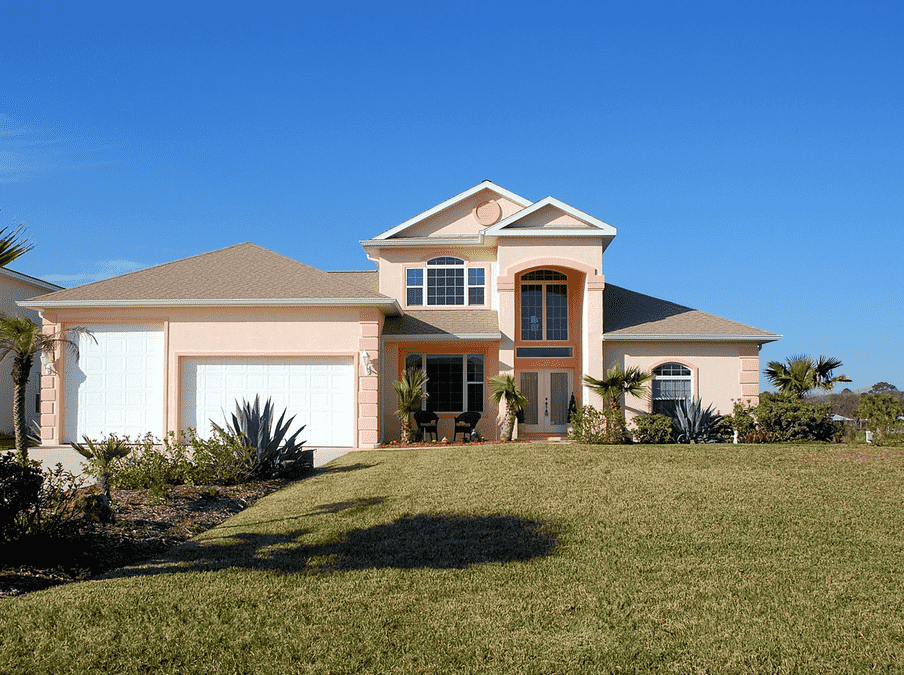
.png)
